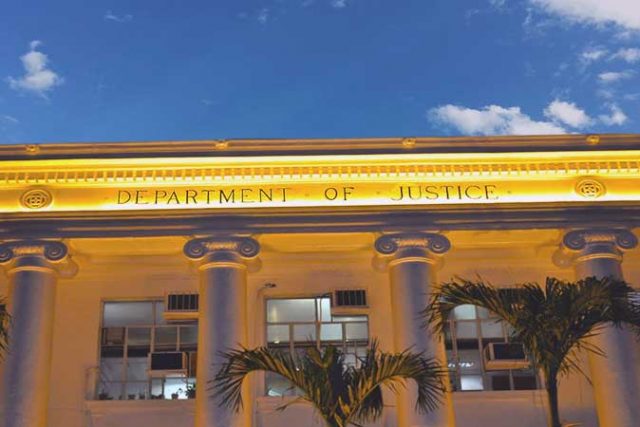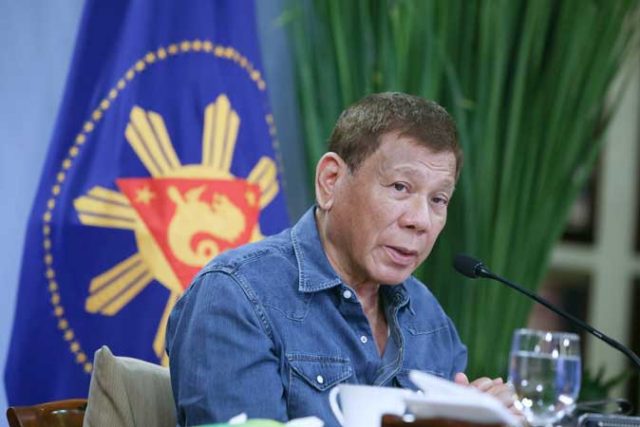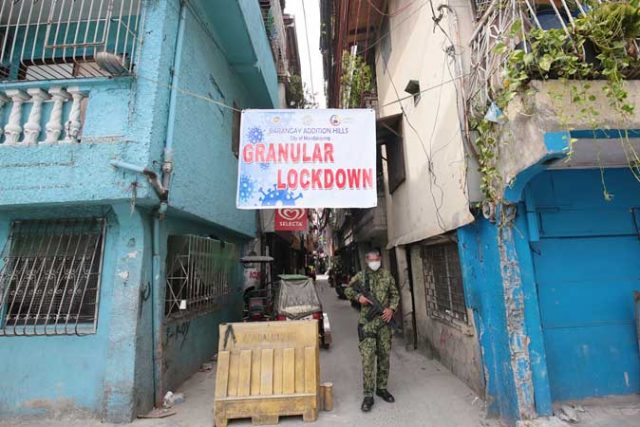1M more CoronaVac doses from China arrive
By Kyle Aristophere T. Atienza, Reporter
THE PHILIPPINES on Monday took delivery of a million more doses of CoronaVac from China, according to the presidential palace, bringing the total vaccines that have arrived to 17.4 million.
On Sunday, the government received its first shipment of Moderna, Inc.’s coronavirus vaccine containing 249,600 shots.
Of the total, about 150,000 doses would go to the government, while 99,600 doses would be given to International Container Terminal Services, Inc., according to the National Task Force Against coronavirus disease 2019 (COVID-19).
The government has given out more than 10 million doses of as of June 27, 7.5 million of which were first doses, presidential spokesman Herminio L. Roque, Jr. told a televised news briefing.
He said 236,867 vaccine shots were given out in the past seven days, adding that the government would probably hit its goal of 500,000 daily vaccinations.
The Department of Health (DoH) reported 5,604 coronavirus infections on Monday, bringing the total to 1.4 million.
The death toll rose by 84 to 24,456, while recoveries increased by 6,154 to 1.3 million, it said in a bulletin.
There were 52,029 active cases, 1.4% of which were critical, 90.1% were mild, 5% did not show symptoms, 2.1% were severe and 1.49% were moderate.
The agency said eight duplicates had been removed from the tally, six of which were tagged as recoveries.
Fifty-seven recoveries were reclassified as active cases, while 38 cases tagged as recoveries were reclassified as deaths. Six laboratories failed to submit data on June 26, the agency said.
About 13.9 million Filipinos have been tested for the coronavirus as of June 26, according to DoH’s tracker website.
The coronavirus has sickened about 181.9 million and killed 3.9 million people worldwide, according to the Worldometers website, citing various sources including data from the World Health Organization.
About 166.4 million people have recovered, it said.
More than 1.1 million health workers have been fully vaccinated, according to the Health department’s vaccine statistics.
It said 672,602 seniors and 710,846 seriously ill people had also been fully vaccinated. About 12,340 essential workers have received their second dose.
The Philippines aims to inoculate at least 500,000 people daily in Metro Manila, Rizal, Bulacan, Cavite, Laguna, Metro Cebu and Metro Davao to achieve herd immunity by Nov. 27.
But more cities outside the capital region, such as Bacolod, Iloilo, Cagayan de Oro, Baguio, Zamboanga, Dumaguete, Tuguegarao, General Santos, Naga and Legaspi, were earlier included in the government’s priority list after local officials complained.
Meanwhile, Mr. Roque said the general lockdown enforced in Metro Manila was unlikely to be eased next month.
The recommendations of an inter-agency task force, which was set to meet on Monday afternoon to finalize the quarantine classifications for next month, may be appealed by local government units, he said.
The OCTA Research Group on Sunday said the government should brace itself for a potential surge in coronavirus infections because of the Delta variant from India.
It noted that based on experience, cases multiply when new variants of the coronavirus arrive.
People should protect themselves from the more contagious Delta variant of the coronavirus from India after dealing with the Alpha and Gamma variants from the United Kingdom and Brazil, respectively, said molecular biologist Nicanor Austriaco, a member of the research group.
The variants from India and Brazil are swiftly overthrowing the variant from the UK, which used to be the most-dreaded, in the United States. Health experts are worried that outbreaks would continue in the US because of these variants, unless vaccination efforts could be boosted further.
More parts of Australia were locked down as authorities tried to locate workers from a remote gold mine linked to five coronavirus cases thought to be of the highly infectious Delta variant.
The city of Darwin and two nearby areas were locked down for 48 hours on Sunday after officials failed to locate 15 of 211 workers who flew into the city from the Granites Mine in central Australia.
The Northern Territory, which covers 548,000 square miles of mostly desert, reported four new coronavirus cases on Sunday, all linked to a worker who had tested positive.
The UK variant, which is 50% more transmissible than the version from Wuhan, China swept the US at the start of the year. It was also linked to a surge in infections in the UK last fall, accounting for more than 90% of cases there.
In the US, the UK variant became the predominant strain in a matter of months and accounted for about 70% of cases by end-April.
The Indian coronavirus variant is considered the most concerning because it is said to be 50% to 60% more infectious and may cause a more severe disease.
When the Indian variant first appeared in the UK at the start of April, it rapidly overcame the Alpha variant and now accounts for 90% of new cases.
The variant from Brazil is said to be not as transmissible but may slightly affect the effectiveness of vaccines. — with Vann Marlo M. Villegas














